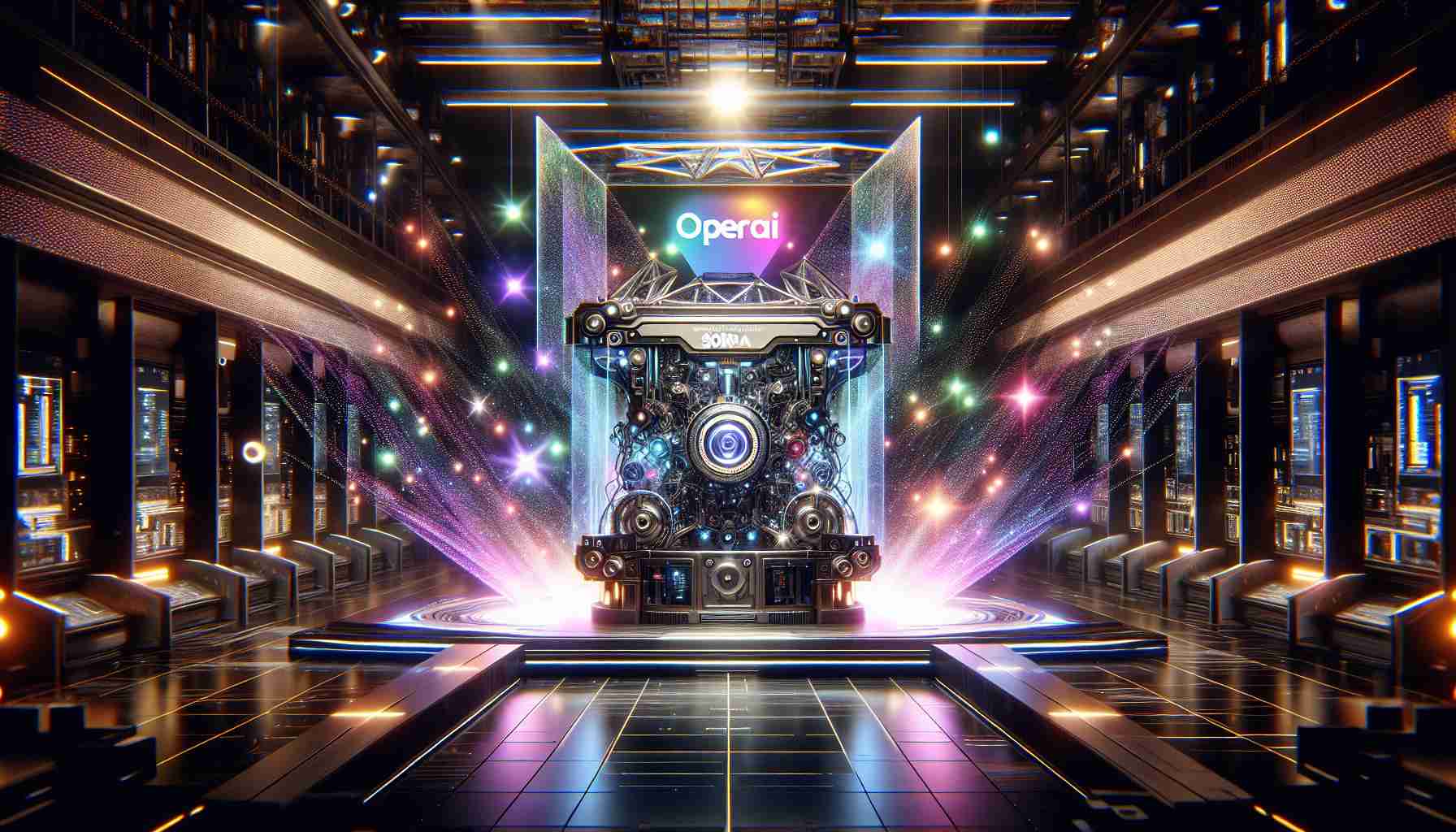OpenAI, the renowned AI startup, has recently introduced Sora, an innovative text-to-video model that is poised to redefine the possibilities of generative AI. While existing tools like Google’s Lumiere have explored the landscape of text-to-video technology, Sora stands out with its unique features and capabilities.
One distinguishing aspect of Sora is its ability to interpret lengthy prompts, including examples containing up to 135 words. OpenAI demonstrated this by sharing a sample video that showcased Sora’s capacity to generate diverse characters and scenes, ranging from ordinary people and animals to whimsical monsters, cityscapes, serene gardens, and even a submerged New York City. This extraordinary range is made possible thanks to OpenAI’s prior work with Dall-E and GPT models.
Drawing inspiration from Dall-E 3, Sora employs a recaptioning technique that generates highly descriptive captions for visual training data. As a result, the model can create intricate scenes complete with multiple characters, lifelike movement, and accurate details of the subjects and backgrounds. The realistic nature of the sample videos is truly impressive, with only close-ups of human faces or swimming sea creatures betraying their synthetic origin.
Sora also offers the capability to generate videos from still images, as well as extend existing videos or fill in missing frames – similar to Lumiere’s functionality. OpenAI believes that Sora’s advancements in understanding and simulating the real world are significant milestones towards achieving artificial general intelligence (AGI) – a more advanced form of AI that closely resembles human-like intelligence and encompasses a broader range of tasks.
However, OpenAI acknowledges that Sora still has some limitations. It may struggle to accurately depict the physics of complex scenes and understand cause and effect. For example, the model may omit a bite mark on a cookie after a person takes a bite. Additionally, Sora sometimes confuses left and right.
While OpenAI has not announced a specific release date for widespread availability of Sora, the company emphasizes the importance of implementing necessary safety measures beforehand. This includes adhering to existing safety standards that prevent the generation of extreme violence, sexual content, hateful imagery, celebrity likenesses, and the use of others’ intellectual property.
OpenAI’s commitment to developing increasingly safe AI systems over time and learning from real-world use reflects their recognition of both the potential benefits and risks associated with this groundbreaking technology. With Sora at the forefront, OpenAI continues to push the boundaries in generative AI, setting the stage for a new era of creative possibilities.
Frequently Asked Questions:
1. What is Sora?
Sora is an innovative text-to-video model developed by OpenAI, an AI startup. It is poised to redefine the possibilities of generative AI with its unique features and capabilities.
2. How does Sora differ from existing text-to-video tools?
Sora stands out with its ability to interpret lengthy prompts, including examples with up to 135 words. It can generate diverse characters and scenes, ranging from ordinary people and animals to whimsical monsters, cityscapes, serene gardens, and even a submerged New York City.
3. How does Sora generate highly descriptive captions for visual training data?
Sora employs a recaptioning technique inspired by Dall-E 3. This technique enables the model to create intricate scenes with multiple characters, lifelike movement, and accurate details of subjects and backgrounds.
4. Can Sora generate videos from still images or extend existing videos?
Yes, Sora has the capability to generate videos from still images and extend existing videos, similar to the functionality of Google’s Lumiere.
5. What is artificial general intelligence (AGI)?
Artificial general intelligence refers to a more advanced form of AI that closely resembles human-like intelligence and encompasses a broader range of tasks. OpenAI believes that Sora’s advancements in understanding and simulating the real world are significant milestones towards achieving AGI.
6. What are the limitations of Sora?
Sora may struggle to accurately depict the physics of complex scenes and understand cause and effect. For example, it may omit a bite mark on a cookie after a person takes a bite. Sora also sometimes confuses left and right.
7. When will Sora be widely available?
OpenAI has not announced a specific release date for widespread availability of Sora. They prioritize implementing necessary safety measures beforehand.
8. What safety measures does OpenAI emphasize for Sora?
OpenAI emphasizes adhering to existing safety standards to prevent the generation of extreme violence, sexual content, hateful imagery, celebrity likenesses, and the use of others’ intellectual property.
Definitions:
– Generative AI: AI systems that can generate new content, such as text, images, or videos, based on given input or prompts.
– Dall-E: A generative model developed by OpenAI that can generate images from textual descriptions.
– GPT models: GPT (Generative Pre-trained Transformer) models are AI models that use the transformer architecture and are pre-trained on large amounts of text data. They are capable of generating coherent and contextually relevant text.
Suggested Related Links:
– OpenAI Safety
– Dall-E
– GPT Models
The source of the article is from the blog motopaddock.nl

